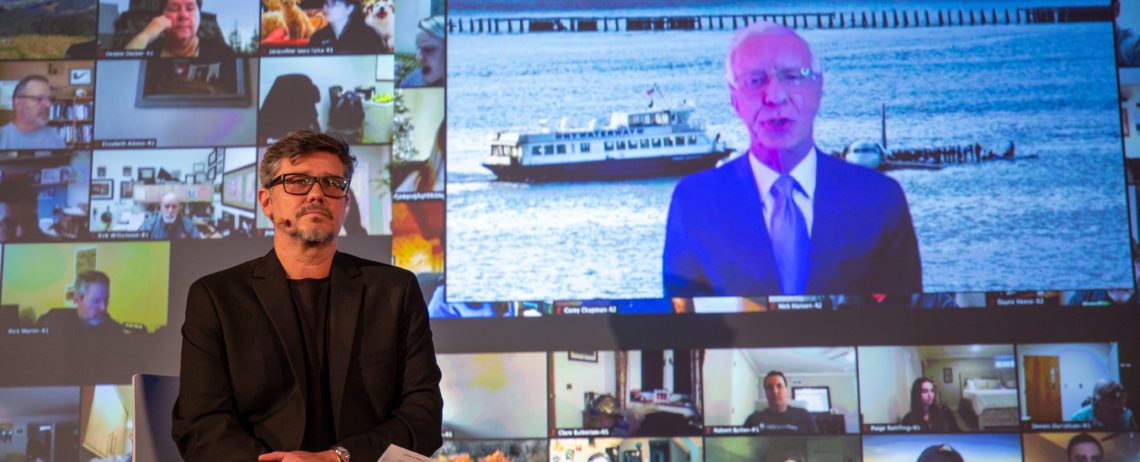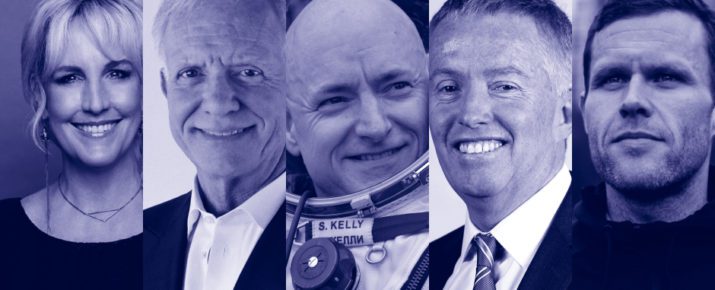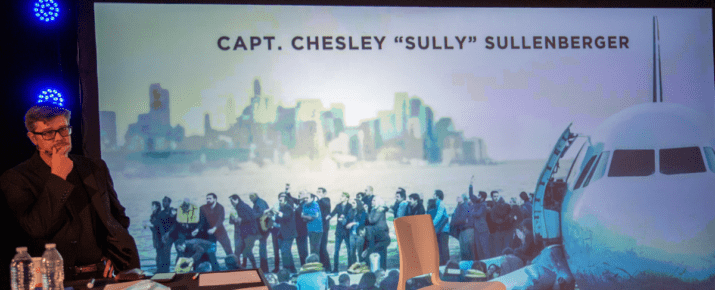Build resilience with Captain “Sully” Sullenberger’s approach to safety
From Surviving To Thriving Virtual Summit | By | 30 Nov 2020 | 3 minute read

At SafetyCulture Virtual Summit 2020, pilot Captain Chesley Sullenberger, or Captain ‘Sully’ as he’s also known, offered up a thought-provoking quote:
“Blame is the enemy of safety. It misses opportunities to learn”
When a flock of geese struck the engines of Flight 1549 that fateful afternoon, there was no time to assign blame — only to act. Captain Sully and his crew relied on a combination of quick wits, teamwork, and decades of aviation experience, landing the passenger plane on the Hudson River.
In the aftermath, looking to blame could’ve been an immediate and all too human reaction. Instead, those involved took it as an opportunity better themselves, with personal insights, leadership lessons, and 35 new safety recommendations for aircraft gained in the process.
We’ve all been confronted with the unexpected this year as business as usual went out the window. But also we’ve seen silver linings of possibility. How can businesses turn their 2020 experiences into a launchpad for a bigger, better and safer 2021?
#1 Gather information first — from all levels
Keeping your ear to the ground and gathering information is the first thing to be aware of. Captain Sully had 208 seconds to take stock of the situation and land the plane, with his co-pilot calling out the plane’s angle and ground speed in real-time. Fortunately, businesses can afford themselves a longer period to assess what needs to be done.
Listen to your people on the ground — employees and customers alike. Gather intel from your support hotline teams, NPS surveys using NPS tools, or even mystery shopper checklists. Build a holistic view of your business and how it’s weathered 2020. From there, clear pockets of opportunity will emerge for safer, optimized processes.
#2 Use technology as an enhancement
Technology is also a key player in the foundation of building safety. It’s important to note, as Captain Sully did, that your tech will never replace your people.
“I’ve always known, for a long time, that as good as technology is, as reliable as it is, it’s not a panacea. Technology helps avoid some kinds of errors; it makes possible some other kinds of errors. We have to use it wisely.”
Many companies can get stuck into a whirlwind of technology by trying to adopt every digital trend in order to undergo “digital transformation”. A more sustainable way of doing it is taking that 360 view of your business and identifying key areas for improvement. Then, look at how to enhance existing processes with the help of technology.
For example, does your business still use paper checklists to conduct regular compliance audits? Can these be turned into digital formats for speed, standardization, and increased adoption? Consider tools that already fit into your digital ecosystem, or can easily be adopted by your workforce.
#3 Train teams to support instinct with information
Pay special attention to making sure that your digital ecosystem uses the right kind of data — the type that will help make informed decisions. This helps take the emotion and bias out of your plans, and substantiates “gut feelings” with tangible evidence.
When used well, data equips companies with actionable information so that all employees can quickly adapt their processes to match the needs of the changing external environment.
“When we make important decisions, we must make them based on facts, not on fears or falsehoods; and certainly not on big lies: even when they are told loudly, and often.”
A sound interpretation of the data is important too, says Captain Sully. You need to understand the data you’re looking at.
One of the most common pitfalls of a business is employing a handful of highly trained analytics gurus without training the rest of the team on how to find, interpret or use the results that they share. Encourage your team to make data-driven decisions, creating a culture of critical thinking and curiosity.
Each data-led learning brings a greater element of safety, and an increased sense of trust. Data can then drive your future approach as you pivot your course to incorporate what you’ve learned.
As Captain Sully so profoundly shared, blame is indeed the enemy of safety. By blaming, we place blinkers on the lessons that come from our experiences. We fail to review, to reassess, and to reflect.
But by focusing on the lessons learned, we can continue to embed a culture of safety in all of our choices. We then build resilience in our teams and gather knowledge and useful feedback for the year ahead.

Dig into the insights you need to reset your operations and get back on track in 2021.
Download the full report here.
Important Notice
The information contained in this article is general in nature and you should consider whether the information is appropriate to your specific needs. Legal and other matters referred to in this article are based on our interpretation of laws existing at the time and should not be relied on in place of professional advice. We are not responsible for the content of any site owned by a third party that may be linked to this article. SafetyCulture disclaims all liability (except for any liability which by law cannot be excluded) for any error, inaccuracy, or omission from the information contained in this article, any site linked to this article, and any loss or damage suffered by any person directly or indirectly through relying on this information.





